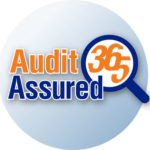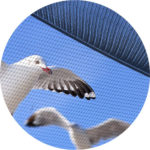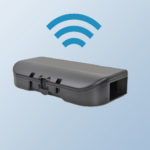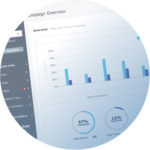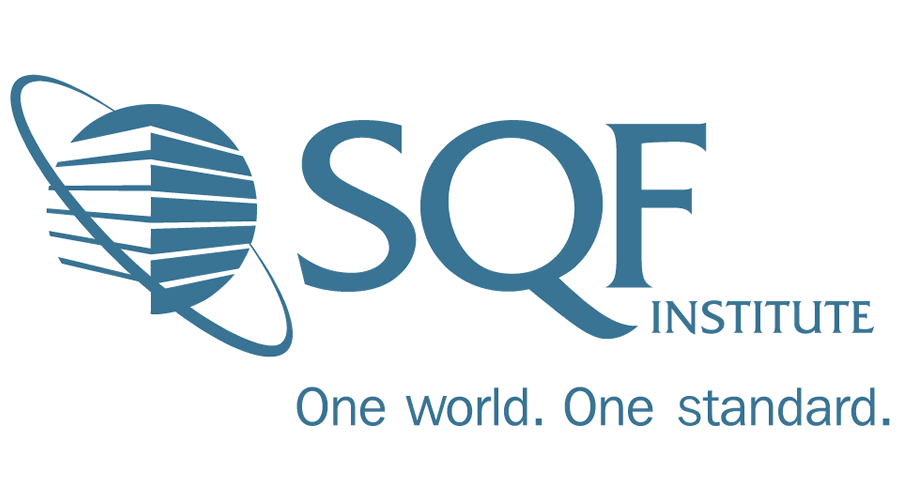Virtual Food Safety Audits

With today’s technology and current pandemic, the term “virtual” is used frequently, and is most likely here to stay, for a while, at least. The Global Food Safety Initiative (GFSI) has issued a lot of guidance on “virtual” or remote auditing. The intent is to maintain the integrity of the audit schemes while satisfying supplier requirements for having third-party audits. While GFSI does not currently recognize fully remote food safety audit solutions, it is allowing some remote activities. GFSI has also established a dedicated group of experts to review the evidence of the efficacy and integrity of remote food safety audit solutions where they exist.
Remote auditing using teleconference technology has become a common practice in some non-accredited audit programs. Using teleconference methods an auditor may be able to review documents, records, and even use of technology to conduct a physical inspection of the facility.
The remote portion of an audit, which includes program and record review as well as interviews, may increase audit
time compared to pre-COVID audits, as all involved adjust to the use of technology and accessible electronic
formats for records and programs.
The validity of the remote audits is in question by many industry experts and leaders. As time passes and the details
are better understood remote auditing will most likely have a place in the audit world but is probably not sustainable
to some extent. Opinions on the topic vary greatly from certification bodies, accreditation bodies, auditors, and
certificated suppliers.
Some information sourced from mygfsi.com & Foodafetytech.com
Submitted by: Rich Gibson, ACE, CFSQA
The Green Bottle Fly

Order: Diptera Family: Calliphoridae Genus: Lucilia Species: L. sericata
The common green bottle fly, Lucilia sericata (Meigen), formerly Phaenicia sericata, is a common visitor to carrion, feces, and garbage. The Green Bottle fly is found throughout the world but is more specifically described as having a Northern Hemisphere distribution, being widely distributed throughout the United States and southern Canada.
The adults are usually a metallic green and can also have a green copper color. The mouthparts are usually yellow. The back is hairy and the overall diameter is about 8–10 mm. The squamae at the base of the wings are hairless. The eggs of this fly species are usually white, but can be a pale yellow. They are often deposited in batches or masses. The eggs are elongated with one end tapered slightly and are approximately 1.5 mm long. All stages of the larvae are smooth. The larvae are white or yellowish through all three instars of development and reach a maximum of 12–18 mm before pupation. Green Bottle flies are vectors for disease and populations should be removed or otherwise eliminated. As with most flies, sanitation is critical in the control of this species. Removal of all waste, feces, etc. from an area will remove their source of attraction and breeding sites. If necessary, to control high populations, fogging/space treatments can be conducted in enclosed areas.
Submitted by: Rich Gibson, ACE, CFSQA
Parasitic wasps (Muscidifurax and Spalangia)

A client in the mid-west had a large fly infestation in the summer of 2019 and wanted options to combat the fly pressure for the warmer months of 2020. After researching options outside of the traditional materials applied, RK Environmental Services (RKE) began to explore other methods to decrease fly activity. One of the methods that RKE used was the introduction of Parasitic wasps to the environment. These wasps attack flies and are harmless to humans.
Parasitic wasps lay their eggs inside fly pupae and prevent the flies from emerging as adults. Female wasps pierce a newly formed fly pupa and insert an egg. Immature stages of the parasites feed on the juices of the fly pupa. Adult parasites also kill flies by drinking fluid from fly pupae. This is called host feeding. After approximately 4-6 weeks of the pupae are introduced, the adult wasps will start making an impact on the fly activity.
In 2019, the fly activity resulted in excessive complaints from the client. Fly bags and bait applications were used to slow down the activity, but it was not enough. The flies continued to enter the facility in high numbers. This location had over 6,500 fly captures during the seasonal months in 2019. In 2020, the parasitic wasp program was introduced. Areas of high fly activity had stations placed and filled with Parasitic wasp pupae. The stations were serviced on a weekly basis, this is performed by the RKE Service Specialist; adding the wasp pupae to the stations so they can emerge to become adult wasps.
The fly activity at this location decreased by 30% from the previous year since the parasitic wasp program was introduced.
- Key items for this program:

• Communicate with clients about this program, it needs to begin about 4 weeks before spring temperatures. This can be as early as February (FL, GA, and TX).
• Five stations for each area affected (spaced 25-50 ft).
• Identify as many conducive areas as possible to maximize coverage.
• Affordable, safe alternative to pesticide use

